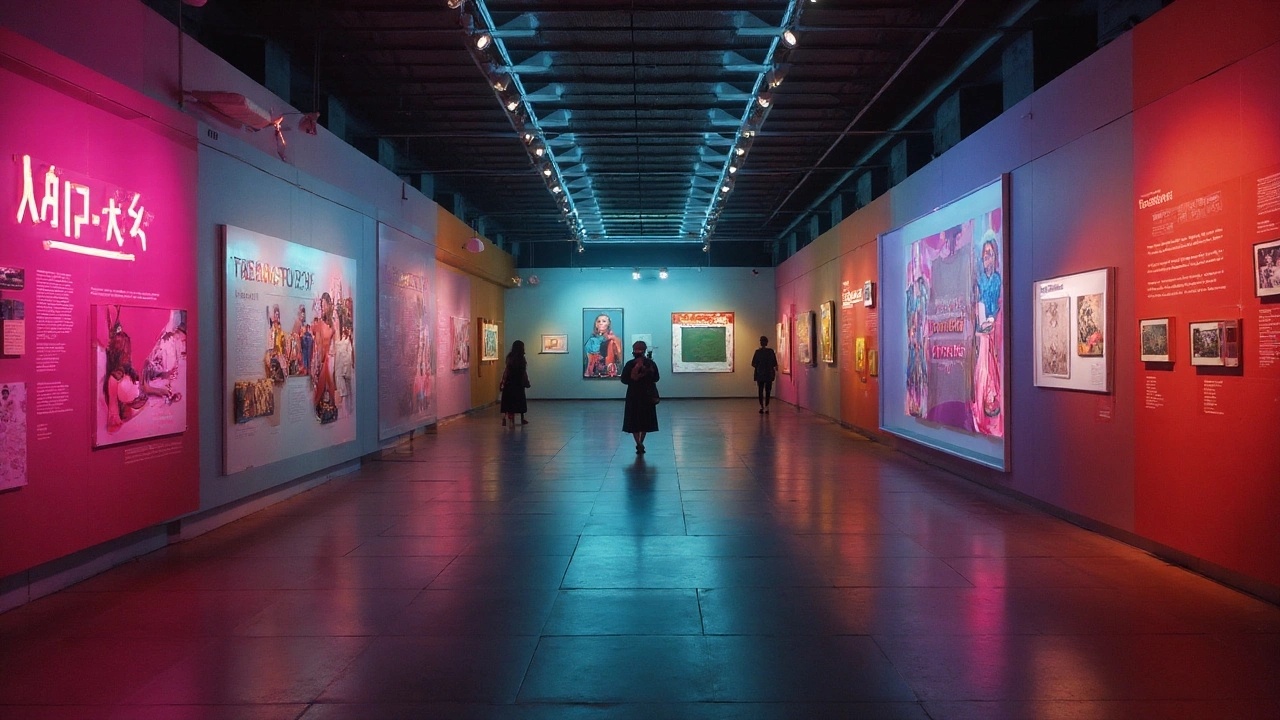Elements of Contemporary Art: What Every Creative Needs to Know
If you’re trying to get a grip on today’s art scene, start with the building blocks. Contemporary art isn’t a random mash‑up; it’s built on a handful of core elements that artists mix, bend, and break. Knowing these pieces helps you read a gallery, talk to a creator, or even start your own project.
1. Idea First – The Concept Behind the Piece
Most modern works begin with a strong concept. Artists ask themselves, “What am I trying to say?” Whether it’s a comment on climate change, identity politics, or just pure curiosity, the idea drives everything else. In practice, that means you’ll see titles that sound like questions or short statements, and the visuals will support that thought. Look at a piece that uses reclaimed plastic – the material itself is part of the message about waste.
2. Materials and Mediums – From Paint to Pixels
Contemporary creators aren’t limited to oil on canvas. They mix traditional media (acrylic, sculpture, print) with digital tools (3D modelling, AI‑generated images) and even everyday objects (found wood, trash). The choice of material often reinforces the concept. A digital glitch art piece, for example, can highlight the fragility of online identity. When you spot a sculpture made from discarded electronics, think about how the medium adds a layer of meaning.
Another key element is the process. Many artists document their workflow on social media, turning the making‑of into part of the artwork. This transparency invites viewers into the studio and blurs the line between finished product and ongoing experiment.
Technology also plays a huge role. Virtual reality installations, AI‑assisted painting, and NFT collections are now standard vocabulary. The tech isn’t a gimmick; it reshapes how we experience art, letting you walk through a digital forest or own a piece that lives on the blockchain.
3. Context and Commentary – The Social Layer
Contemporary art lives in the moment. Artists respond to news, cultural shifts, and personal stories. A portrait that exaggerates facial features might be a critique of media stereotypes, while a collaborative mural could celebrate community resilience. The context gives the work depth – without it, a striking image might feel empty.
Because the world changes fast, many pieces are designed to be temporary or site‑specific. Street art that vanishes after a rainstorm still makes a statement about impermanence. Knowing the backstory—who commissioned it, where it was placed, why it mattered—helps you appreciate its impact.
4. Presentation and Space – How the Work Is Seen
The way an artwork is displayed is a deliberate choice. Light, placement, and surrounding objects influence perception. An installation hung at eye level invites intimate interaction; a towering sculpture in a public square demands a different response. Even the digital frame—whether it’s a gallery website or a VR gallery—shapes the viewer’s experience.
Finally, don’t overlook the role of the audience. Contemporary art often asks you to participate, whether by voting in an interactive piece or by reflecting on your own biases. The element of engagement turns a passive viewer into an active co‑creator.
Bottom line: contemporary art is a mix of concept, material, technology, context, and presentation. Spotting these elements makes any gallery visit feel less like a mystery and more like a conversation. Use this checklist next time you walk into an exhibition, and you’ll walk out with a clearer picture of what’s really going on behind the canvas, the screen, or the street corner.
